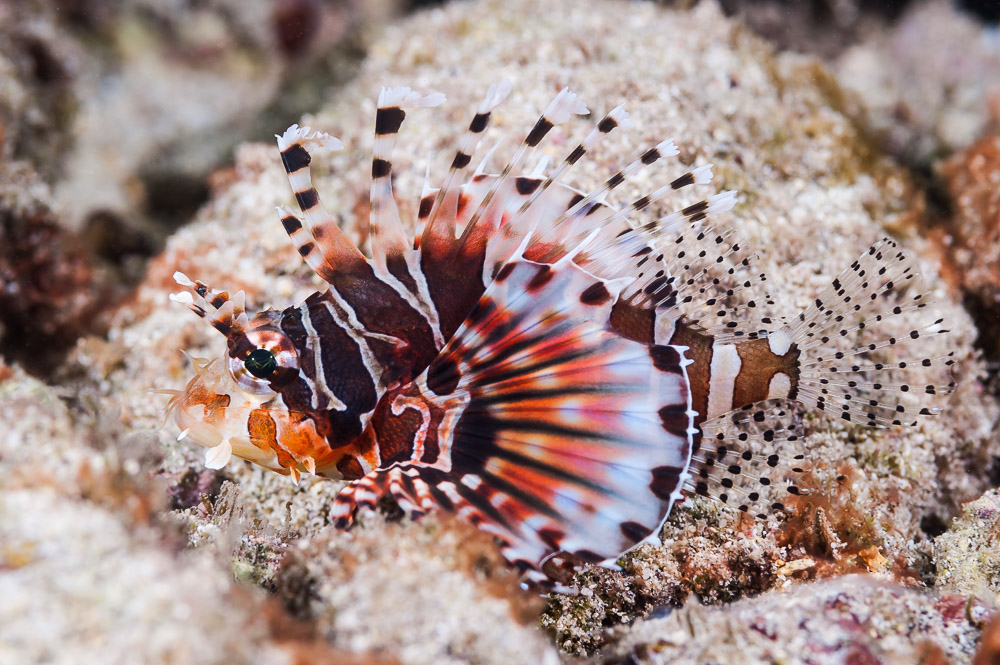
For decades, conservation biology has characterized the movement of species into new habitats as potential invasions of alien species that pose serious dangers to local ecosystems and resident species. Wild species are classified as either native or alien. But this way of looking at the natural world is becoming increasingly controversial.
As the world warms, a mass exodus of tens of thousands of species is transforming the distribution of biodiversity. Scientists have documented countless species shifting their ranges towards the poles, higher up into the mountains, and deeper into the oceans in response to the changing climate.
Deciduous shrubs have spread into the Arctic tundra. Tropical fish have arrived in the kelp forests of the eastern Mediterranean.
A growing number of scientists now say that continuing to base conservation policy on the native-alien dichotomy may actually endanger biodiversity. The climate-driven range shifts may be the only way for many species to survive. Furthermore, only a small fraction of new arrivals may actually endanger resident species and ecosystems.
There are real distinctions between climate-displaced species and disruptive alien species introduced through global trade and travel. Among other things, climate-displaced species tend to shift their ranges alongside other species they have co-evolved with.
There is talk of establishing a Climate Change Redistribution Treaty that would create a transnational system to manage species shifting across geopolitical and biogeographical borders. The assumptions traditionally made as to which species to protect, which to leave to their own devices, and which to eradicate are no longer valid and the time has come to base conservation policies on the new reality.
**********
Web Links
Native Species or Invasive? The Distinction Blurs as the World Warms
Photo, posted March 21, 2011, courtesy of Flickr.
Earth Wise is a production of WAMC Northeast Public Radio.
Leave a Reply